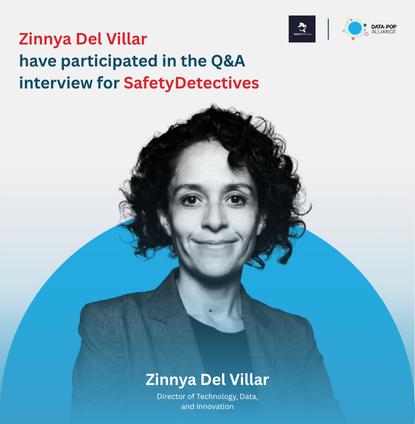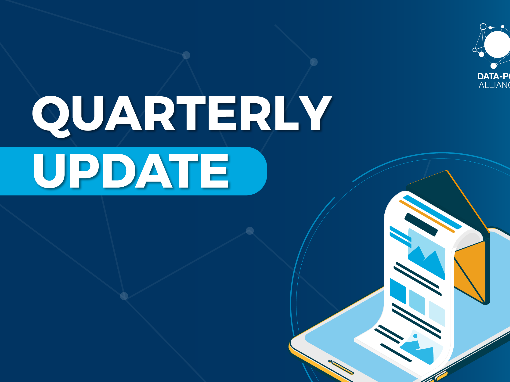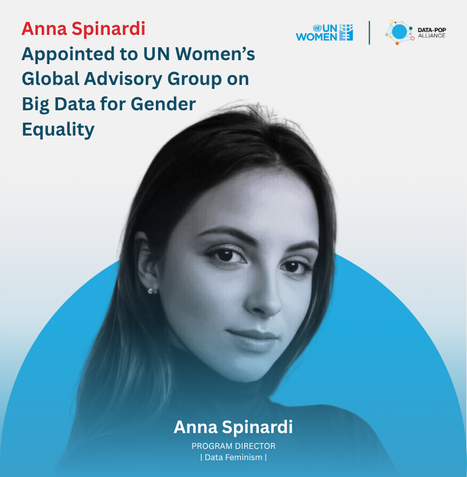LINKS WE LIKE #22
In Latin America and the Caribbean, women have been commemorating the Elimination of Violence against Women Day ever since 1981, after the assassination of the three Dominican sisters Patricia, Minerva, Maria Teresa Mirabal. Yet, it only became officially recognized and adopted by all UN countries in 1999. Today, on the 21st anniversary of its commemoration –which serves as a reminder of this global crisis– the call for governments, business, academia, and civil society to continue working in eliminating all forms of violence (physical, sexual, psychological, economic, etc.) against women and girls remains urgent.
This year, the theme for the UN’s annual campaign of 16 Days of Activism Against Gender-Based Violence is “Orange the World: Fund, Respond, Prevent, Collect!”. Interestingly, one of the main lines of work for the campaign is the “collection of data that can improve life-saving services for women and girls”, which highlights the crucial role data has in reaching the overall goal of ending VaW. In that sense, many initiatives, including the surveys carried out by the Organization of Security and Co-operation in Europe (OSCE), the grants in Africa and South America supported by the Spotlight Initiative and the work carried out by our organization itself in Mexico, Brazil and Colombia, are focused on building data-driven responses to assess and fight for women’s right to live a life free of violence. But we should not forget that data is more than numbers. Sharon Besell, professor at the Crawford School of Public Policy, where she is also the Director of Gender Equity and Diversity, points out data is the pathway towards gaining more insight into the meaning behind the numbers. In the context of the current pandemic, data gains even greater importance, when we take into account how the health crisis has clearly exacerbated gender inequalities, especially domestic violence.
Hence, to join in this day’s activism towards a world free of violence against women, this edition of Links We Like explores the intersectionality between data and efforts to prevent, combat and respond to the VaW:

This year, the World Wide Web Foundation published a report that addresses the issue of digital gender inequality by conducting a survey amongst almost 10,000 women and men in four countries: Colombia, Ghana, Indonesia and Uganda. Based on the results, they argue that, though the digital gender gap on basic internet access has been increasingly narrowed down, a lot of barriers still remain for women to use the internet and fully participate online. Additionally, the WWW Foundation emphasizes the gravity of the issue due to the role the internet plays today as an empowerment tool, that unless women can equally benefit from it will only drive further inequality.

The organization Operation Fistula has developed a project that strives to harness the power of data visualization in advocacy efforts that seek to transform how organizations work to end gender inequality. They will use data from the GOFAR tool as well as data from partners and grassroots organizations to collect subnational information that will be displayed in Tableu to represent the issue of “fistulas” in a visual manner. “Fistulas” are childbirth injuries caused by prolonged labor without medical attention, which is associated to other issues such as: child-marriage, female genital mutilation and GBV.
In this Devex article, the author discusses new ways that groups focused on gender data had to find in order to measure and understand more about girls and women experiences following the outbreak of the COVID-19 pandemic, especially in regards to gender-based violence. One of the approaches featured in the article belongs to our current project with the GIZ Data Lab, which objective is to create a visualization map to identify hotspots of domestic violence in Mexico by leveraging traditional and non-traditional sources of data. To learn more about this project, read the Discussion piece from our blog titled “Using Data to Shed Light on the Shadow Pandemic of Domestic Violence in Mexico”.
In this article, the Washington Post describes the importance of not just having data on the different ways women face violence every day, but in using that data to look for solutions that actually alleviate their situation and bring forth empowerment and better living standards. By showcasing four different forms of violence(female genital mutilation, lack of access to education, sexual violence underreporting and women in positions of power), the authors demonstrate how these situations directly affect women’s lives and how there is still a lack of adequate public policies to mitigate the issue.
Further Afield
Dive deeper into Violence against Women and Data
The magnitude of Violence against Women
- If I’m not in on Friday, I might be dead’: chilling facts about UK femicide
- Violence Against Women and International Security
- Ten harmful beliefs that perpetuate violence against women and girls
- Violence against women and girls
- Domestic Violence Awareness Guide
Violence Against Women, Data and Maps
- The Pitfalls of Data’s Gender Gaps – Scientific American (the interview is from 2019, but totally worth reading still)
- Violence against women – OECD
- Ending Violence against Women – UN Women
- Violence Against Women- Minimum set of Gender Indicators – UN Stats
- The Role of Data in Addressing Violence Against Women and Girls
- Fighting violence against women: From data to action
- Ensuring data collection and research on violence against women and domestic violence: article 11 of the Istanbul Convention
Webinars
- Webinar: Mobilizing gender data for better decision-making during COVID-19
- Talking Data Feminism with Catherine D’Ignazio and Lauren F.Klein
- Data Against Femicide
- Webinar: Gender-based violence. A global pandemic.
- (Upcoming) Gender Data Network Webinar Series: Lessons from the pandemic: Building better gender data in the world of work. Date: December 15, 2020 at 9:00 am EST
COVID-19, Data and Violence against Women








